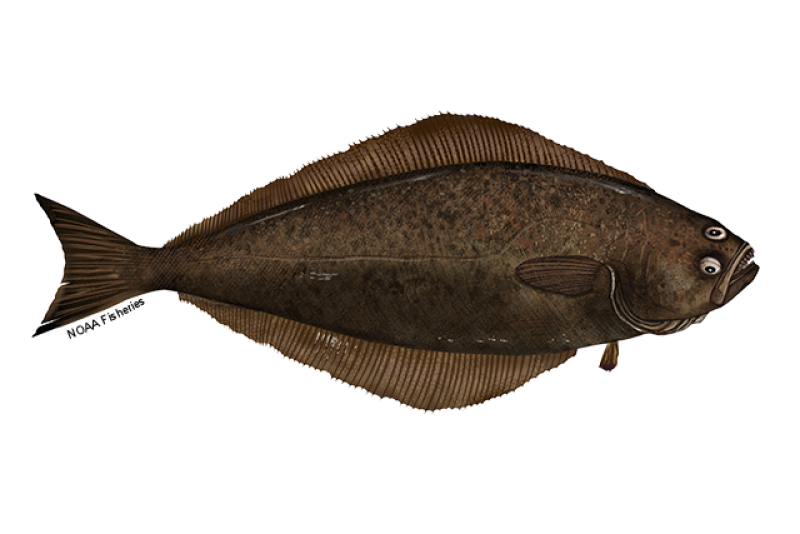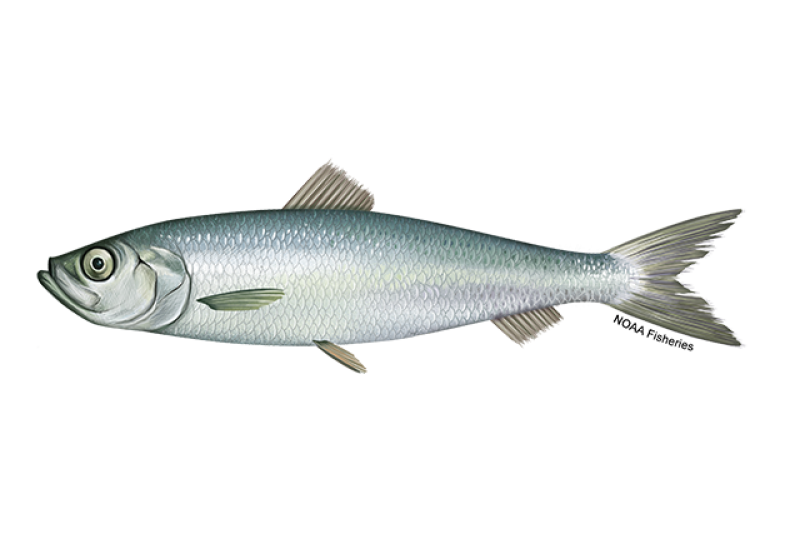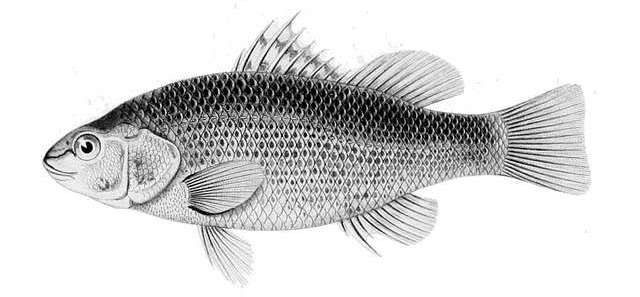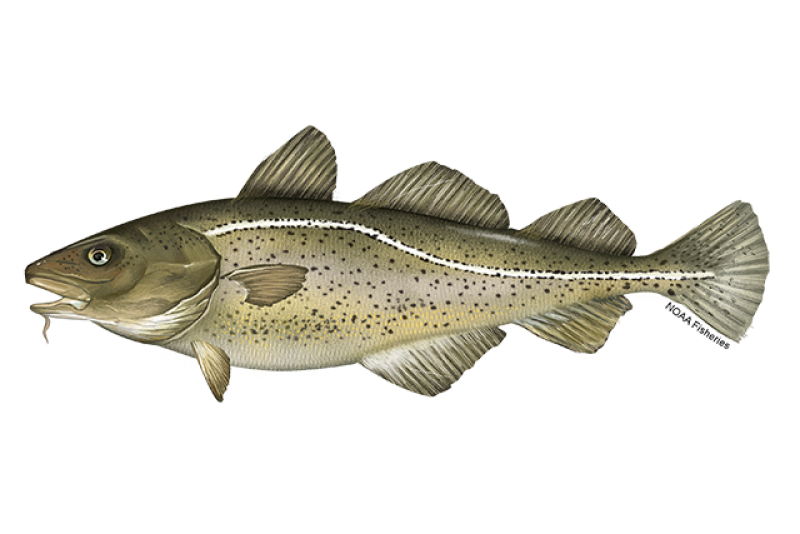Population Genetics
Evolution
-Omics
Phylogeography
Population Abundance
Research in our lab addresses fundamental questions in evolutionary and conservation biology and most of it has implications for managing, conserving, or restoring biodiversity. We examine variability at the molecular level and apply the approaches of phylogeography, landscape and conservation genetics to ask what historical and contemporary factors are responsible for the generation, maintenance, and spatial distribution of diversity. From a taxonomic perspective we focus on aquatic organisms.
Close-Kin Mark-Recapture (CKMR) & Epigenomics
A first goal in conservation biology and fisheries management alike is to know how many individuals there are in a population. Current methods of estimating population abundance (Nc), such as aerial surveys and traditional mark-recapture, can be effort/time intensive and are subject to biases and uncertainties. Close-kin mark-recapture is a genomic method for estimating Nc, relying on the idea that offspring “recapture” their parents’ genotypes through inheritance. We are currently using CKMR to estimate Nc for Atlantic halibut (Hippoglossus hippoglossus) Additionally, since using CKMR requires an accurate age estimation, we are also developing and calibrating epigenomic ageing clock for halibut.
Patagonian Fishes
Some of our research involves the analysis of diversity patterns in Patagonia. This collaborative work advances along two lines; in the first we ask how patterns of diversity in the extant fish fauna were affected by the Quaternary climate cycles and other changes in landscape and sea level, and in the second we ask how exotic and invasive salmonids affect the biogeography and ecology of this fauna.
Conservation and Landscape Genetics
In our research on conservation and landscape genetics we ask how and to what extent natural selection and genetic drift effect patterns of genetic diversity and population structure. We examine these issues both in large populations, such as those characteristic of marine exploited systems, as well as in small populations, such as those typical of freshwater systems, where issues related to spatial structure, habitat fragmentation and genetic drift become relatively important.
Study Species
Atlantic halibut
(Hippoglossus hippoglossus)
Atlantic herring
(Clupea harengus)
Galaxiids
(Galaxiidae)
Percilia
(Percilia sp.)
Atlantic cod
(Gadus morhua)

PC: Newfoundland & Labrador Environment & Conservation, Wildlife Division
Brook trout
(Salvelinus fontinalis)
Get in Touch
Email: daniel.ruzzante@dal.ca
Office: LSC 4045, Dalhousie University
Telephone: 1 (902) 494-1688
Fax: 1 (902) 494-3736
Postal:
Daniel E. Ruzzante
Dept. of Biology
Dalhousie University
6287 Alumni Crescent
Halifax
Nova Scotia
B3H 4R2
CANADA





